
When boiling shrimp, remember to add these 2 spices. The shrimp will be sweet, not fishy, and will have a bright red color.

If you want a plate of boiled shrimp that looks beautiful, tastes naturally sweet, and doesn’t have any fishy odor, follow these simple yet effective tips.
Choosing Fresh, High-Quality Shrimp
For boiled shrimp, the best choice is fresh, lively shrimp that are actively swimming. When buying:
-
Look for shrimp with transparent, shiny shells that feel firm to the touch.
-
The head should be firmly attached to the body, and the antennae intact. Legs and heads should not be blackened.
-
If purchasing frozen shrimp, always buy from reputable stores. Avoid shrimp with yellow shells or unusually hard shells, as these may have been treated with sodium bisulfite, a whitening agent used to remove dark spots.
-
Do not buy shrimp that emit any strange or off-putting odor.
Selecting fresh shrimp not only ensures better taste but also enhances the color and texture after cooking.
Preparing the Shrimp
Once purchased, rinse the shrimp thoroughly under running water. Trim long antennae for convenience, and remove the black vein along the shrimp’s back.
There are several ways to remove the black vein:
-
Use a sharp toothpick to gently pierce along the back and pull the vein out.
-
Alternatively, use scissors to make a small diagonal cut along the back and remove the vein.
After cleaning, marinate the shrimp in half a cup of white wine for a short time. This step helps eliminate any fishy smell and enhances the shrimp’s natural sweetness while giving it a vibrant red color when boiled.
Tips for Boiling Shrimp
To avoid mushy or bland shrimp, it’s important to pay attention to seasoning, water temperature, and cooking time.
1. Seasoning for Boiling
Add some crushed ginger and lemongrass to the boiling water. These aromatics help reduce any fishy smell while adding a subtle fragrance to the shrimp. A pinch of salt or seasoning powder can also enhance the shrimp’s natural flavor.
2. Use Hot Water
Instead of starting with cold water, boil shrimp in already hot water. Starting with cold water extends cooking time and can make shrimp lose flavor and become mushy. Using hot water ensures the shrimp cooks quickly, retains its natural sweetness, and helps eliminate fishy odor effectively.
3. Cooking Time
Cooking time depends on the size of the shrimp. Signs that shrimp are perfectly cooked include:
-
The body starts to curl slightly, forming a half-circle shape.
-
The shell turns bright red.
-
Do not overcook: if shrimp curl fully into a tight circle, the meat becomes dry, tough, and loses its natural sweetness.
After boiling, remove the shrimp from the water and let them drain completely before serving. Do not place them directly on the plate while still in hot water, as this will make the shrimp soft and mushy.
4. Ice Bath for Shrimp
If you plan to use shrimp in salads, spring rolls, noodle dishes, or cold appetizers, immediately soak the boiled shrimp in ice-cold water. This helps the shrimp firm up, makes peeling easier, and preserves a sweet, juicy texture.
Extra Tips
-
For an even brighter red color, you can add a small pinch of baking soda or a few drops of lemon juice to the boiling water.
-
Boiled shrimp can be served hot or cold depending on the dish. Cold shrimp are perfect for summer salads and refreshing rolls, while hot shrimp are ideal for simple meals or dipping sauces.
-
Always handle shrimp gently to avoid breaking the shell or mashing the meat.
By following these tips, you can enjoy perfectly boiled shrimp that are sweet, tender, vibrant, and free of any fishy odor. A simple tweak in preparation and cooking can turn ordinary shrimp into a visually stunning and delicious dish for any occasion.
News in the same category


Why are cucumbers bitter? Is it okay to eat bitter cucumbers?
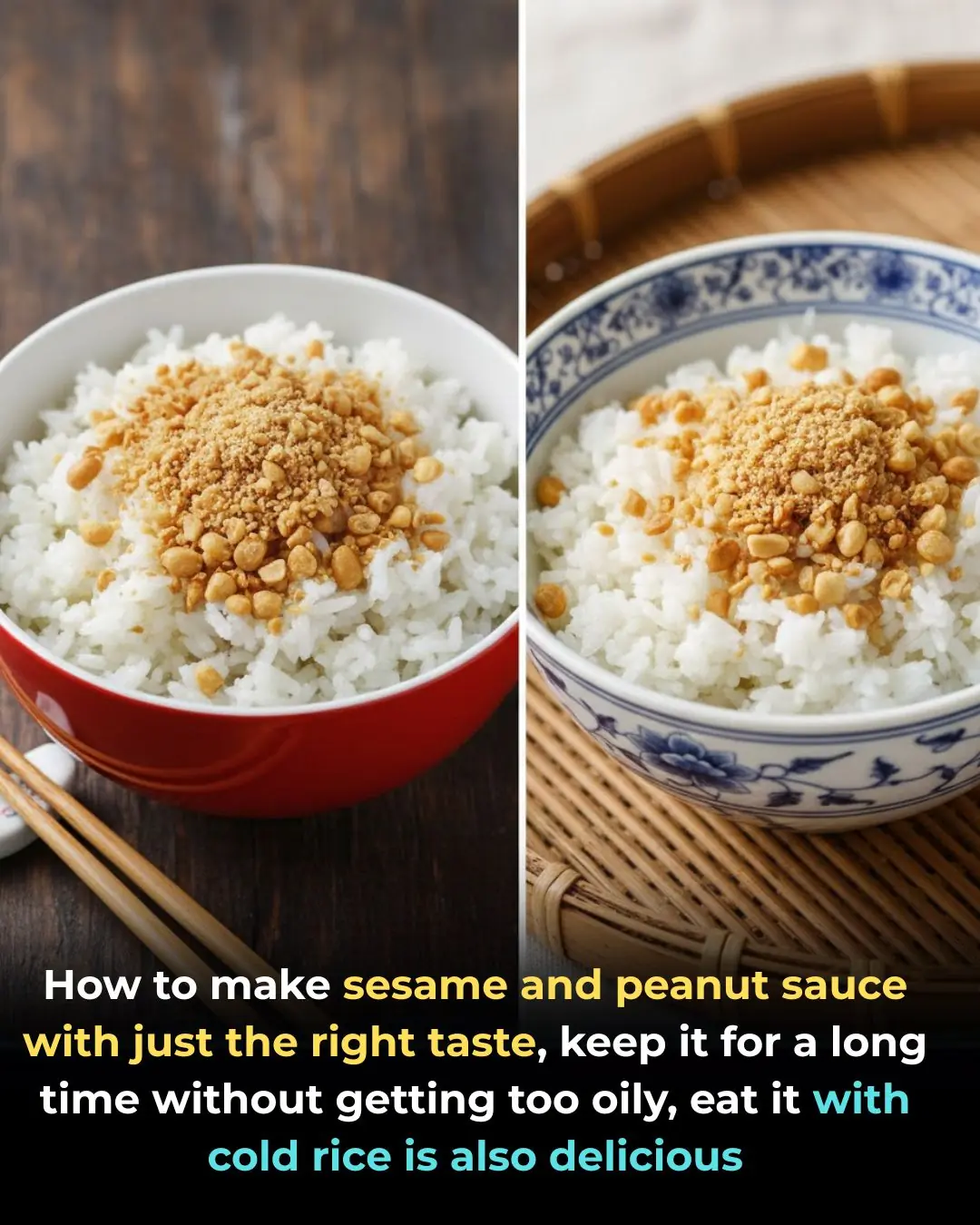
How to make sesame and peanut sauce with just the right taste, keep it for a long time without getting too oily, eat it with cold rice is also delicious

Every family needs essential oil mixed with white vinegar. Everyone likes it because it is both safe and saves money.

How to grill soft and delicious skewers that are not dry, delicious but not boring, from a good mother
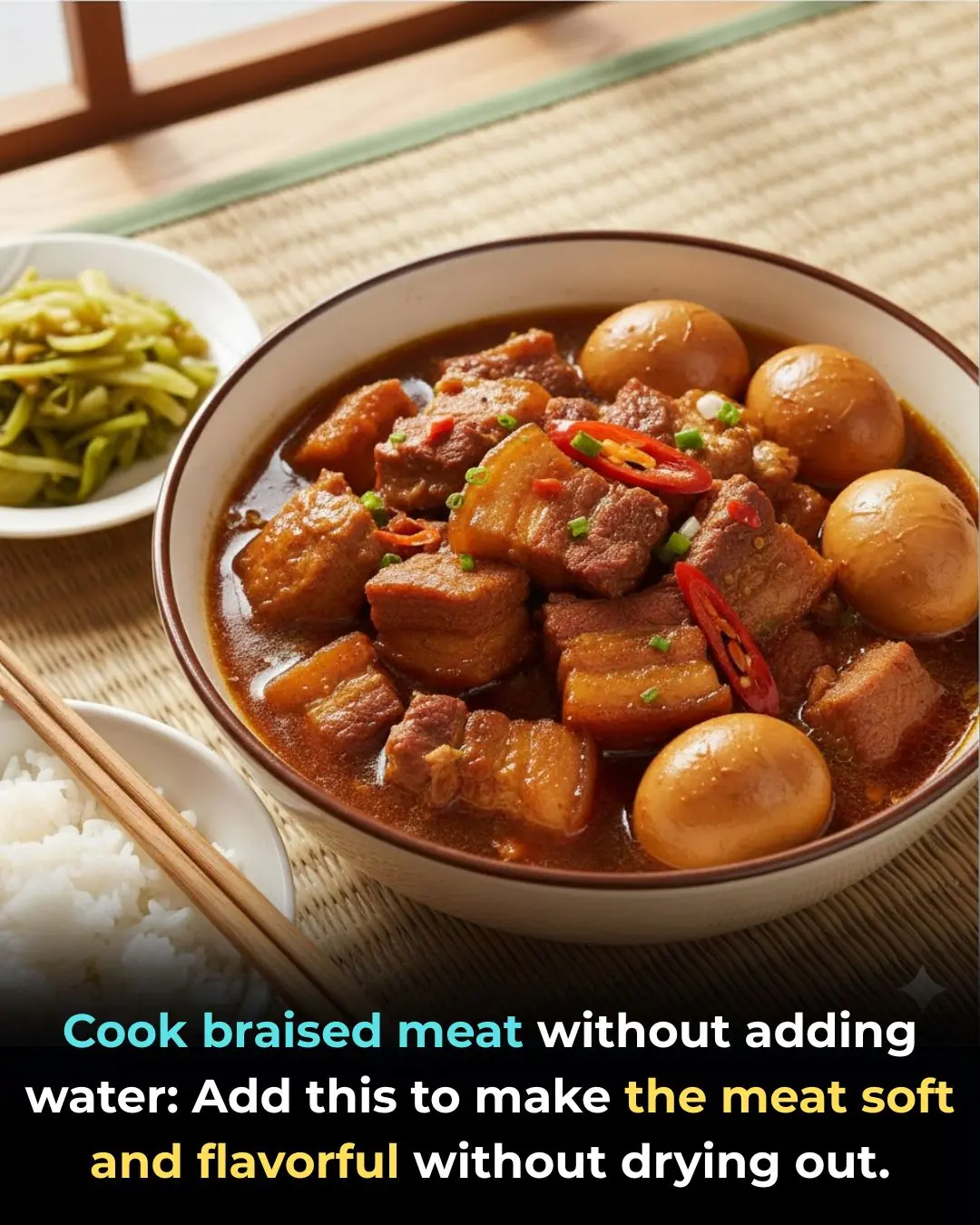
Cook braised meat without adding water: Add this to make the meat soft and flavorful without drying out.

Long-term rain and floods, wet shoes and smelly shoes, use this tip immediately to naturally deodorize
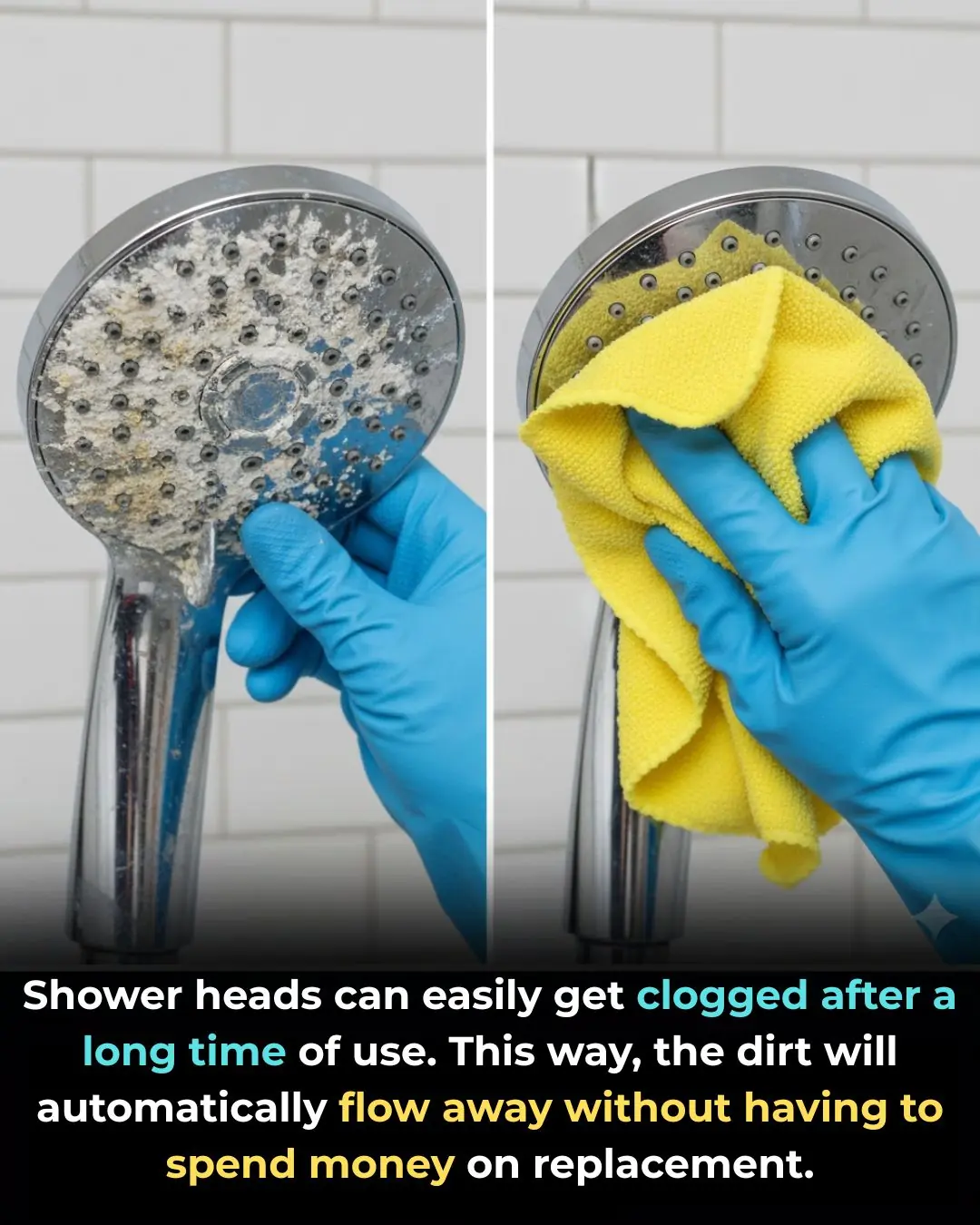
Showerheads that have been used for a long time often become clogged, but with this simple method, the built-up residue can clean itself off without costing you any money to replace the head.

Things You Should Never Do to Avoid Lightning Strikes

How to destroy your liver: 10 worst habits for fatty liver (hepatic steatosis)

5 tips for marketing to help you never get ripped off: Take advantage of them to use when necessary
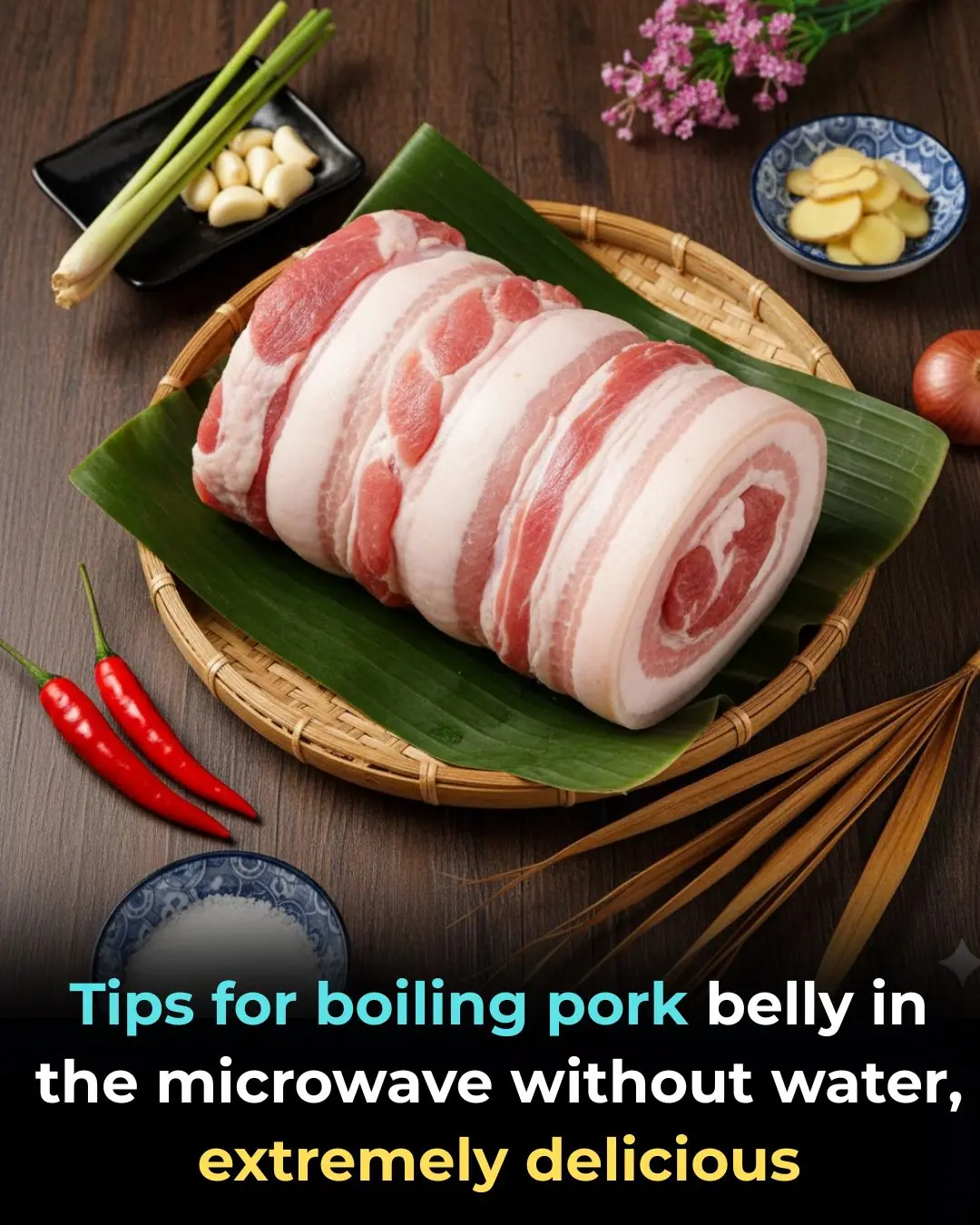
Tips for boiling pork belly in the microwave without water, extremely delicious
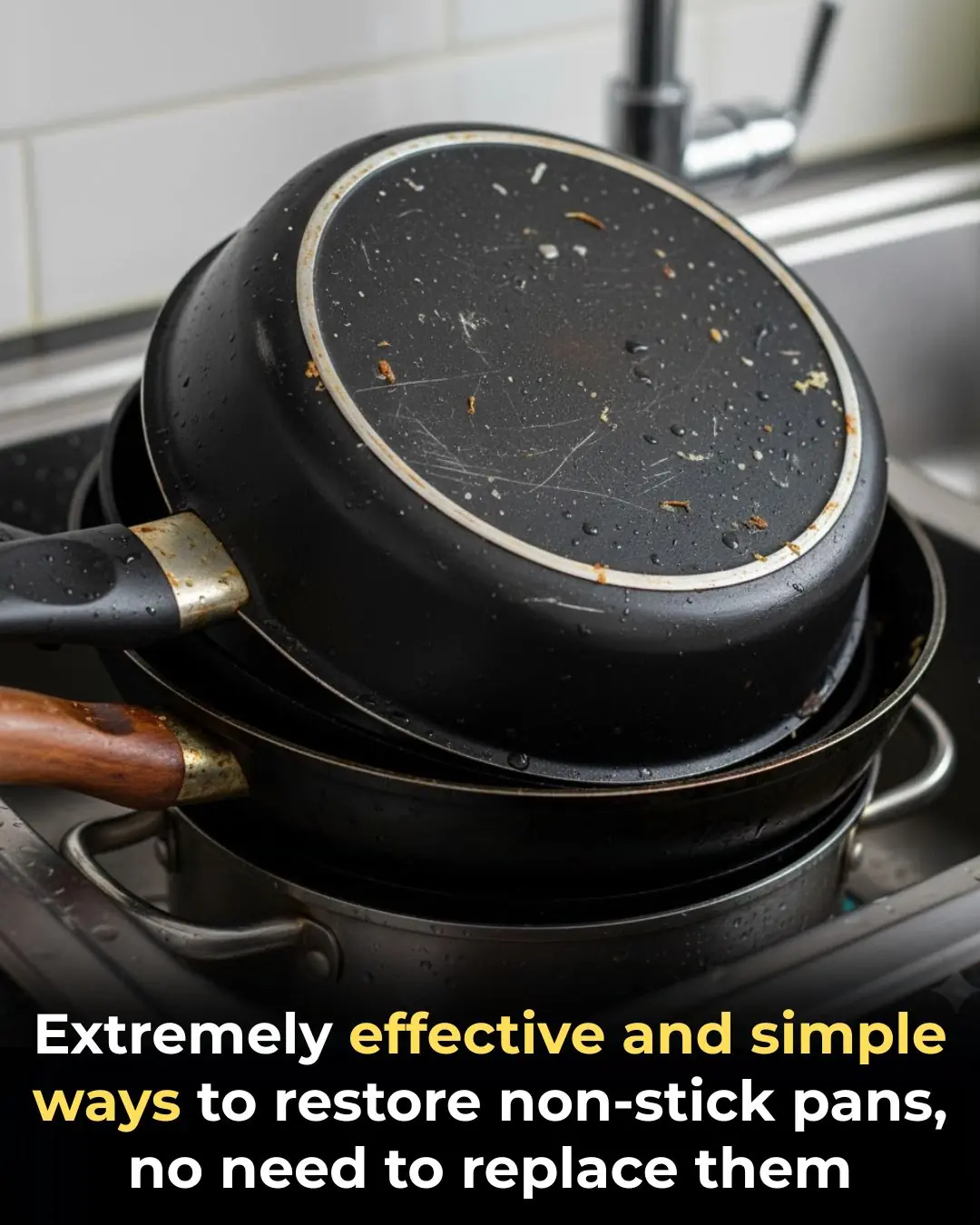
Extremely effective and simple ways to restore non-stick pans, no need to replace them

The wonderful uses of boiled beer, solving problems that every household encounters

Unlock Energy Savings: How Proper Use of Your Refrigerator’s Temperature Control Button Can Cut Costs

8 tips to increase wifi speed tenfold

8 Natural Ways to “Cleanse” Your Lungs: Affordable Yet Highly Effective
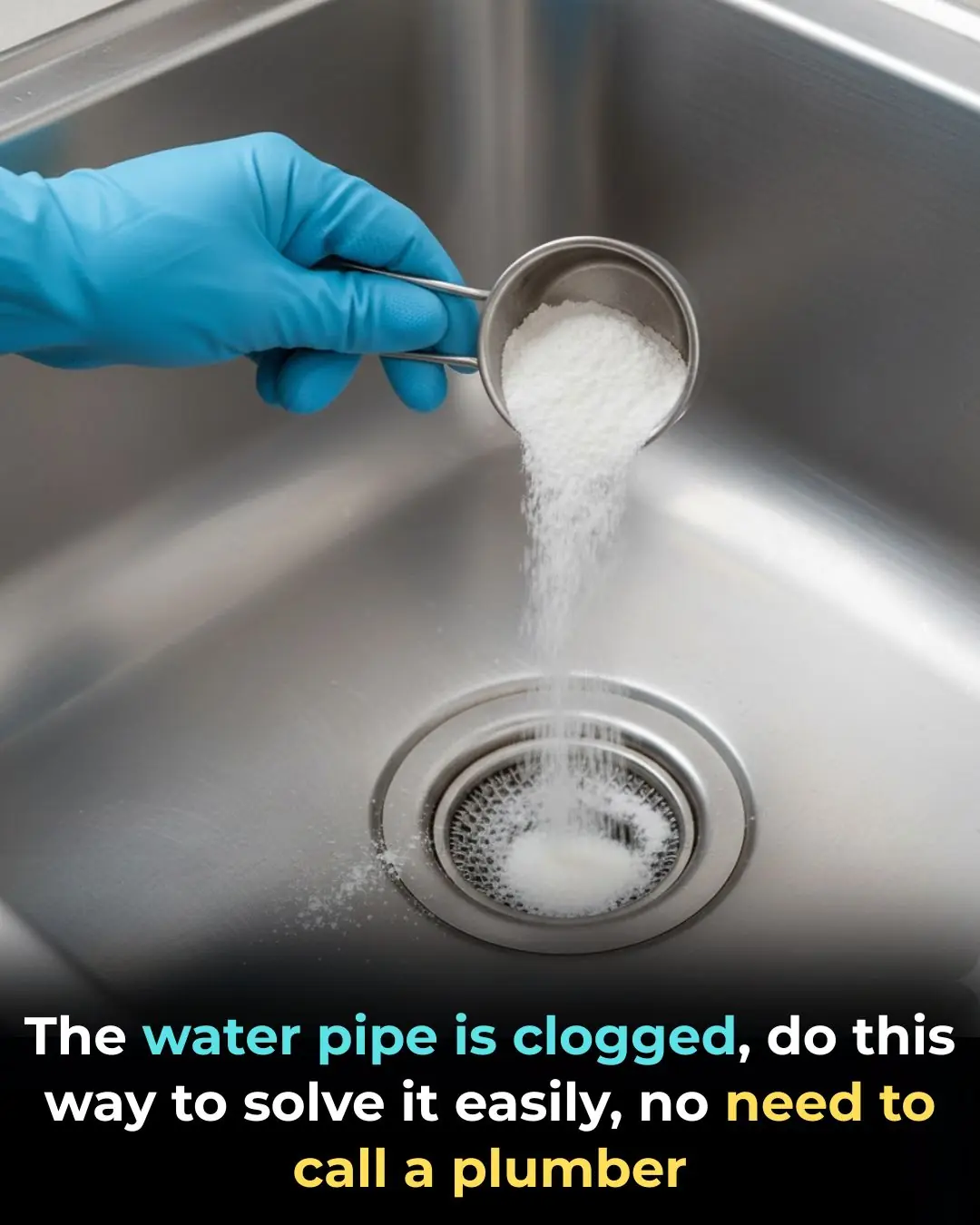
How to Easily Unclog a Blocked Drain Without Calling a Plumber

Hang this bunch of leaves on your window, and no matter how many mosquitoes there are, they’ll all disappear: effective and completely safe
News Post

Revealing Hidden HIV: A Major Step Toward Achieving a Functional Cure

The Science of Touch: How Holding Hands Calms the Brain and Eases Pain

The Molecular Blueprint of Regrowth: How Axolotls Regenerate Entire Limbs

A Daughter Loses Over 50 Pounds To Donate A Life-Saving Kidney To Her Dad

Walmart Cashier’s Random Act Of Kindness Towards Woman With Cerebral Palsy Will Absolutely Touch Your Heart

Co-workers Surprise Adopted Colleague With African Inspired Celebration After Tracing Roots Back to Africa

The rats will disappear after just 1 month with only 3 potatoes, so easy and very effective

Why are cucumbers bitter? Is it okay to eat bitter cucumbers?

‘Jada Bout to Set That Red Table’: Jada Pinkett Smith Fans Warn Rapper Yo-Yo Over Her Shocking Confession About Tupac

How to make sesame and peanut sauce with just the right taste, keep it for a long time without getting too oily, eat it with cold rice is also delicious

‘Go Back Home Friend’: Vince Herbert’s Slim, Unrecognizable New Look Has Fans Telling Tamar Braxton It Might Be Time to Spin the Block

Grab A Tissue Before Watching This Father And Son Reunite After 37 Years

My Nana Taught Me a 1-Minute Hack to Remove Sticky Jar Labels — With Zero Effort

If You Have These Two ‘Dimples’ on Your Lower Back

Actor Brian Tyree Henry Has Heartwarming Reunion With Morehouse Professor Who Inspired Acting Career

Whoa, I Had No Idea This Is Why Milk Jugs Have That Dent

Blurred Vision in One Eye and a Headache

I Didn’t Know This Bee Sting Trick—My Dad Swears By It
